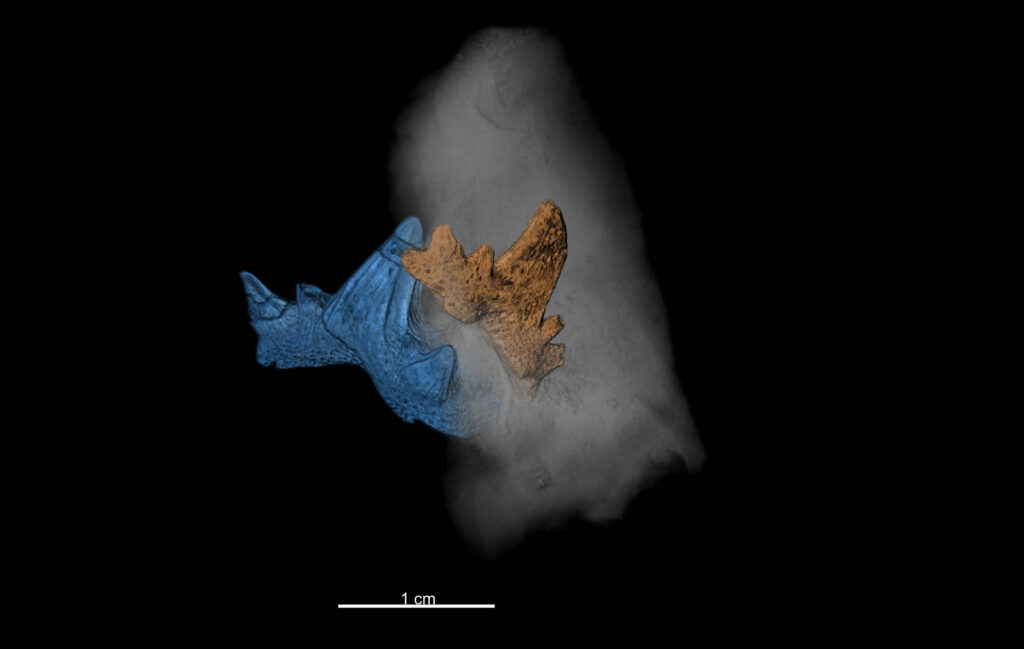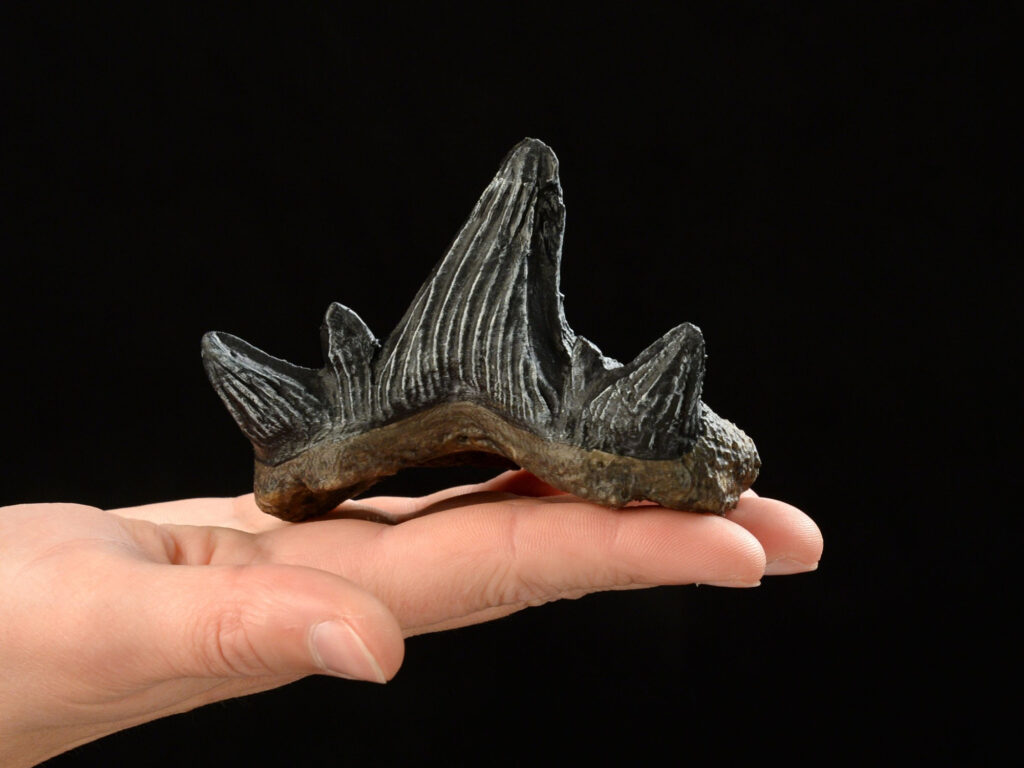Austrias Oldest Shark Teeth Shed Light On Climate Crisis 325M Years Ago
The teeth of a previously undiscovered shark species considered to be the oldest to have existed in Austria has shed light on a global climate crisis that occurred about 325 million years ago.
А research team consisting of researchers from the Natural History Museum (NHM) in the Austrian capital Vienna, the University of Vienna, the State Museum of Carinthia, and the University of Saint Petersburg in Russia evaluated shark teeth from an ancient shark species from the Carboniferous period, about 359 to 299 million years ago.
The research team was led by Iris Feichtinger and Viola Winkler from the NHM Vienna who visualised the shark teeth using X-ray microtomography.

The teeth were found between 1989 and 2015 by fossil collectors who donated them to the NHM Vienna and the State Museum of Carinthia.
Scientists analysed the teeth’s internal canals of blood vessels and quickly realised that the teeth came from a previously unknown shark species.
The team named the species Cladodus gailensis after Gail Valley in the Carnic and Gailtal Alps mountain range in Austria where it was found.
Additionally, the Carnic and Gailtal Alps have provided evidence for a highly abundant aquatic ecosystem that existed in the region about 325 million years ago during the Carboniferous period and included various corals and trilobites as well as prehistoric sharks.
The Carboniferous is a geologic period and system of the Paleozoic that spans 60 million years from the end of the Devonian Period 358.9 million years ago to the beginning of the Permian Period about 298.9 million years ago.
Its name derives from the Latin words carbo and fero and it translates to ‘coal-bearing’ referring to the many coal beds formed globally during that time.

According to scientists, the Carboniferous period was characterised by drastic climate changes as ice caps formed several times at the poles, leading to a dramatic sea level drop.
Feichtinger’s team discovered that this had a huge effect on shark diversity as shortly before the first major glacial period, the changing climate led to a first mass extinction among prehistoric sharks, while a second drastic extinction occurred following a brief recovery period.
After the peak of the glaciation, water which melted from the thawing ice sheets led to the formation of new habitats, which freshwater sharks immediately occupied.
Feichtinger said: “Although marine sharks were strongly affected and recovered slowly, freshwater sharks began to spread rapidly throughout the rivers and lakes of the continents, leading to a significant increase in diversity.”



